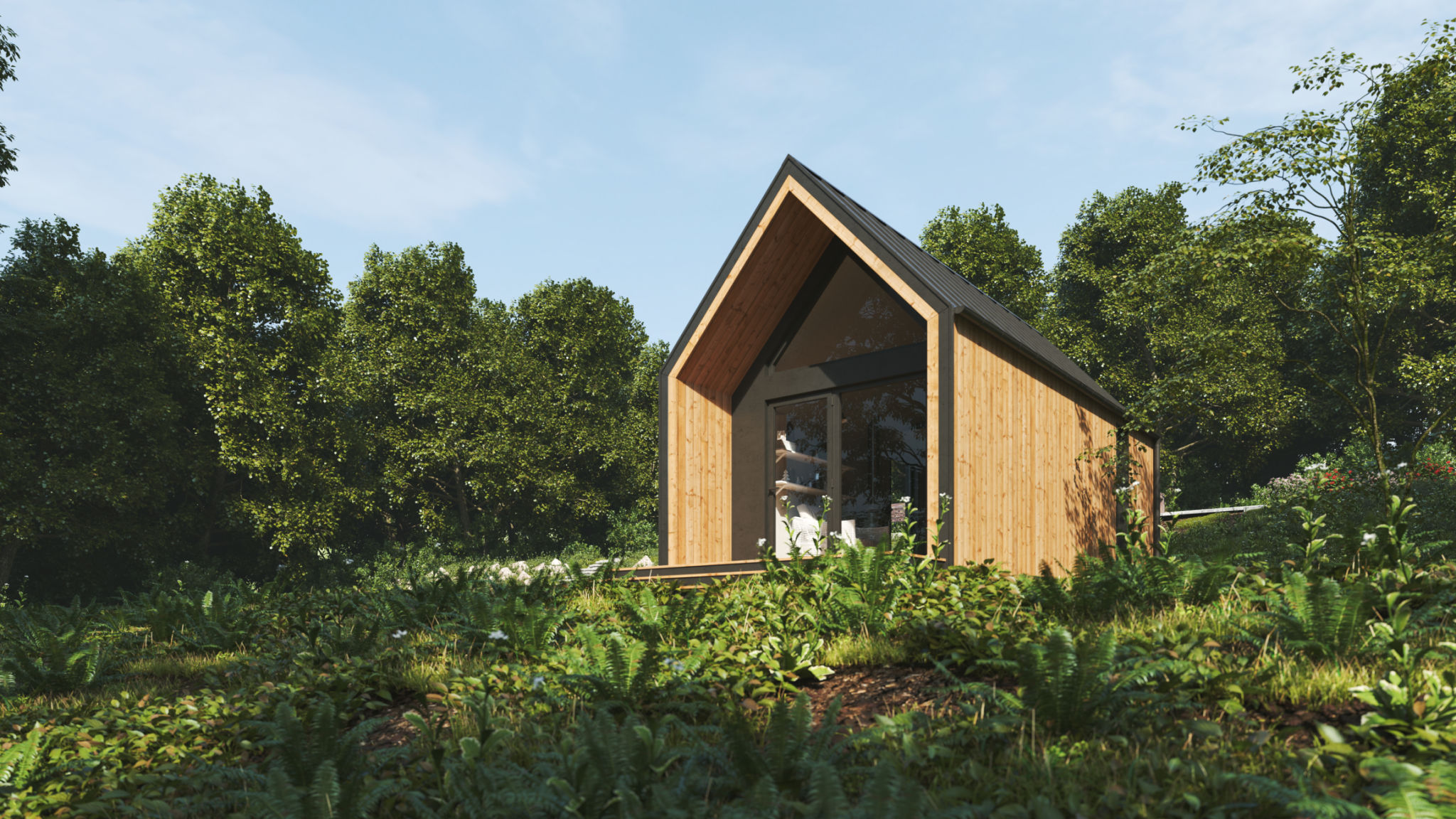Sustainable Interior Design: Eco-Friendly Practices for Dubai Homes
MI
Understanding Sustainable Interior Design
In recent years, sustainable interior design has become a significant trend, especially in urban areas like Dubai, where luxury meets environmental consciousness. This design approach not only reduces the carbon footprint of a home but also enhances its aesthetic appeal by integrating natural elements. In this blog post, we explore various eco-friendly practices that can be incorporated into Dubai homes.
Sustainable interior design centers around the use of materials and practices that are environmentally friendly. This includes utilizing resources that are renewable, recycled, or sustainably sourced. The goal is to create spaces that support the well-being of both the inhabitants and the planet.

Choosing Eco-Friendly Materials
One of the fundamental practices in sustainable interior design is selecting eco-friendly materials. Opt for materials like bamboo, reclaimed wood, and recycled metals, which are not only durable but also have a minimal environmental impact. These materials can be used in various aspects of home design, from flooring to furniture.
Additionally, consider using low-VOC (Volatile Organic Compounds) paints and finishes. VOCs are harmful chemicals found in many traditional paints that can affect indoor air quality. Low-VOC products are a healthier choice for both the environment and the home's occupants.
Incorporating Energy-Efficient Solutions
Reducing energy consumption is a critical aspect of sustainable design. Implementing energy-efficient solutions like LED lighting, smart thermostats, and Energy Star-rated appliances can significantly lower energy usage and costs. These technologies not only improve efficiency but also add modern convenience to your home.

Solar panels are another excellent investment for homes in sunny regions like Dubai. By harnessing solar energy, homeowners can reduce reliance on non-renewable energy sources and contribute to a cleaner environment.
Maximizing Natural Light and Ventilation
Dubai's abundant sunlight can be effectively utilized in sustainable interior design. Large windows, skylights, and open floor plans allow for maximum natural light, reducing the need for artificial lighting during the day. This not only conserves energy but also creates a brighter and more inviting living space.
Furthermore, incorporating natural ventilation through strategically placed windows and vents can enhance air circulation and reduce the need for air conditioning, thus lowering energy consumption.

Water Conservation Practices
Water conservation is another key component of sustainable interior design. Installing low-flow fixtures such as faucets, showerheads, and toilets can help reduce water usage without compromising performance. Additionally, rainwater harvesting systems can be integrated to collect rainwater for irrigation and other non-potable uses.
The Role of Indoor Plants
Indoor plants play a significant role in eco-friendly interior design by improving air quality and adding a touch of nature to indoor spaces. Plants like snake plants, peace lilies, and spider plants are known for their air-purifying properties and require minimal care.
Strategically placing plants around your home can create a fresh and calming atmosphere while promoting a sustainable lifestyle.

Conclusion: A Greener Future for Dubai Homes
Sustainable interior design offers numerous benefits for homeowners in Dubai, from reducing environmental impact to enhancing living spaces with natural beauty. By incorporating eco-friendly materials, energy-efficient solutions, and water conservation practices, you can create a home that is both luxurious and environmentally responsible.
As more people become aware of their environmental footprint, the demand for sustainable design will continue to grow, paving the way for a greener future in Dubai and beyond.
